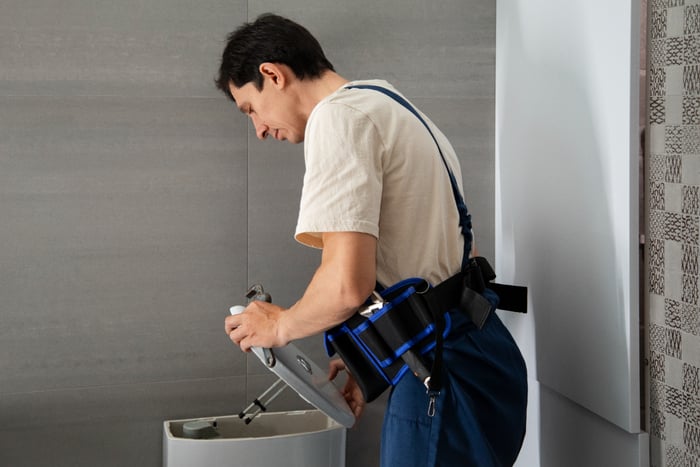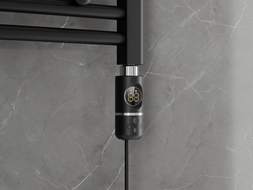
How to reduce the amount of water in the toilet flush? This is one of the more common questions that arise in the context of conserving resources and reducing water costs. Small changes in the settings of the flush can significantly affect its water consumption and the household budget. Read about the steps worth taking to effectively reduce the amount of water used during flushing. Check how to adjust the flush valve in the toilet.
What will you learn from this article?
Water saving in the household begins with small actions that together yield significant results. Adjusting the liquid level in the flush is just one way to reduce water consumption. Learn how else you can take care of your household budget. Read also:
- What are the benefits for the environment from reducing water consumption.
- What flush settings are the most effective.
How to reduce the amount of water in the toilet flush? Adjust its level!
Want to significantly reduce water consumption in your household? The tasks you need to perform are relatively simple and you can achieve this, among other things, by adjusting the float that controls the water level used to flush the toilet. Just set it in the tank to limit the amount of water being filled. In some toilets, it is enough to adjust the flush, or rather its knob or lever, to set a lower water level. Remember, different models may have different calibration mechanisms, so it's worth getting acquainted with the user manual of your device.
Modern flushing systems are often equipped with dual-flush systems that allow you to choose a smaller or larger amount of water for flushing the toilet. This practical solution allows effective management of consumption without the need to install additional devices. Monitor the meter and check for leaks that may affect the amount of water consumed in the household.

Ways to reduce water consumption in the toilet
You can save water in many ways. Here are some of the most popular methods that are easy to implement:
- Reduction insert in the tank – adding special inserts or weights to the flush tank allows for reducing the amount of water being flushed and lowering bills.
- Dual-flush toilets – using a button for partial flushing allows for reducing water consumption, especially when a full flush is not necessary.
- Adjustments in the water installation – in some cases, adjusting the valves reduces the flow of water to the flush, which directly contributes to lower bills.
Modern solutions to reduce water consumption
Replacing the flush with a more economical model is another way to reduce water consumption. Modern devices often have features allowing for precise setting of the amount of water for flushing the toilet. On the other hand, outdated flushes do not have such options and in their case, more than 3 liters of water may be wasted during a single flush.
Additionally, the market offers models with dual buttons. Using so-called dual-flush toilets helps to care for the household budget and the planet, as they flush less water than the classic variant.
Modifying the flush settings is relatively simple and does not require large financial outlays. It is worth considering such changes, especially if your toilet is older or consumes a lot of water with each flush.
When is it worth consulting a professional?
Some models of flushes may require professional adjustment or additional corrections if there are difficulties in setting the appropriate water level. If after adjustments you still notice excessive water consumption or leaks – consult a professional who will assess the condition of the installation and advise you on the best solution.

Benefits of reducing the amount of water in the flush
Reducing the amount of water consumed by the flush not only brings financial savings but also has a positive impact on the natural environment. As the demand for water and the cost of its delivery increases, every small change reduces the burden on local resources. Reducing water consumption in the household is a simple way to decrease the ecological footprint and support sustainable use of resources.
The most commonly used savings solutions
- Installation of dual-flush systems – allows choosing a smaller or larger amount of water for flushing, which helps to reduce daily water consumption.
- Adjustment of valves and floats – adjusting these elements ensures that the flush uses less water while maintaining flushing efficiency.
Both solutions are easy to implement and can quickly yield noticeable effects in terms of savings and ecology.
You now know how to adjust the water level in the flush!
Reducing the amount of water in the flush is a simple step to take. It allows for financial savings, while at the same time providing substantial benefits for the environment. Regular float adjustment, installation of water-saving flushes, and choosing the option for partial flushing are simple actions that can significantly reduce daily water consumption. If the problem persists despite adjustments, it is worth consulting a professional to ensure the installation is fully operational and efficient.



















